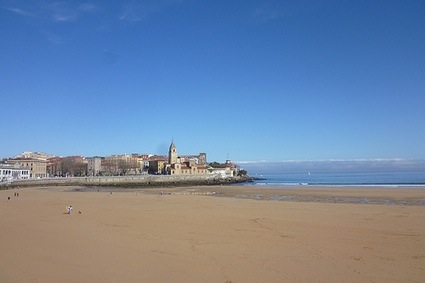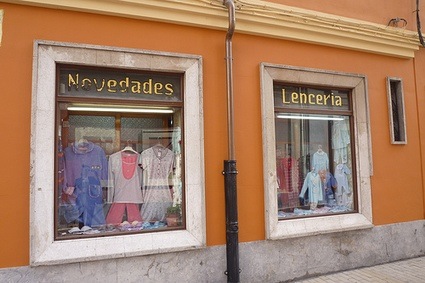A few days ago i was in Gijón for the opening of Noches Electricas, an amazing exhibition on art and pyrotechnic at Laboral. I still need a couple of days to collect my thought and photos from the show. But while i was in town i visited the FotoPres 09 exhibition which has been touring Spanish cities for over a year. FotoPres is a biannual Spanish photography competition that awards work done by Spanish photojournalists around the world. The jury also allocates six grants to less established photographers to follow up their own projects.
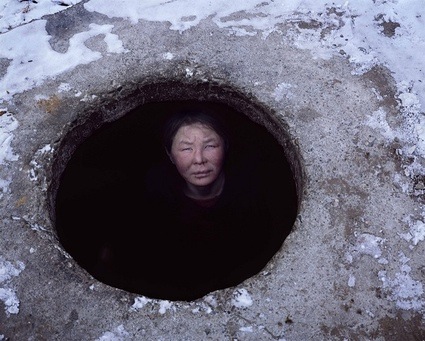
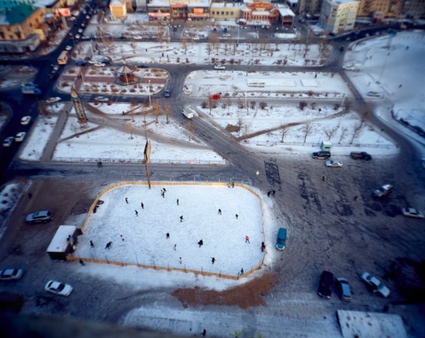
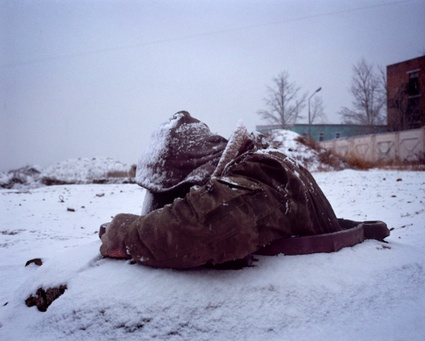
One of the grants went to Basque photographer Mikel Aristregi for his reportage entitled -40ºC/96º on alcoholic tramps in Ulan Bator, Mongolia. His work was by far the most mesmerizing and compelling of the show.
Ulan Bator is the coldest national capital in the world. It has an average annual temperature of −2.4 °C (27.7 °F). Moscow is only the second coldest capital, with average temperature of +4,1º C.
Alcoholism is one of the major problems facing Ulan Bator. With the break-up of the USSR and the end of the socialist economic system, Mongolia found itself being pulled towards financial collapse. Rural communities disintegrated and cities were inundated with uprooted people without prospect. A 2006 survey carried out by Mongolia’s Ministry of Health and WHO found that 51,2% of the population aged between 15 and 65 often consumes high quantities of alcohol. 22 percent of Mongolian men and 5 percent of women are dependent on alcohol, rates three times higher than in Europe. Other surveys indicate that 72% of violent crime is driven by alcohol.
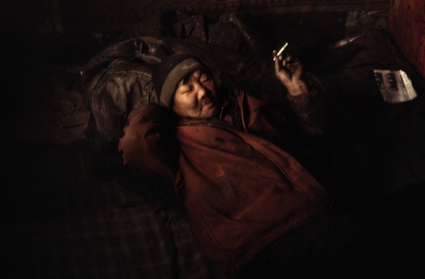
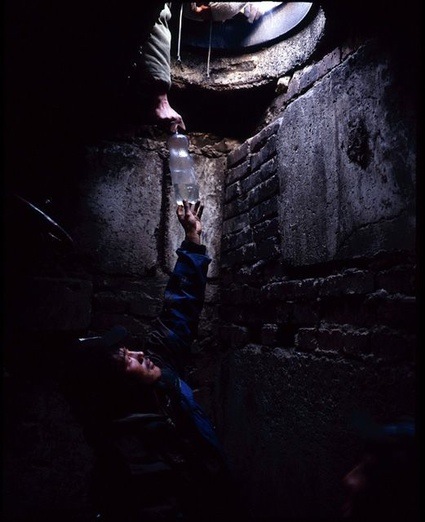
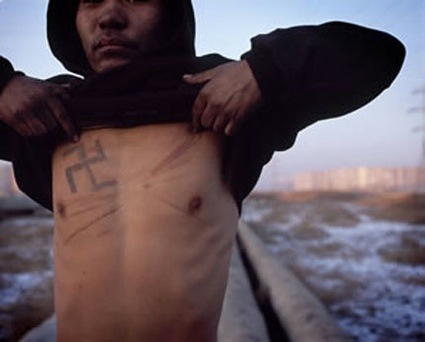
The sewer systems of the capital is home to homeless people (hundreds? thousands?) A few years ago, many of them were children. Called ‘the rat children’, they tried to drown their troubles, the cold and hunger in alcohol. Many suffered from infections, food deficiency diseases and health complications resulting from alcohol abuse. They live on scraps scavenged from waste bins or begged from passers-by. The international community was shocked by their fate and soon many NGOs opened centers to rescue them and convinced the government to save them. However, far less attention was paid to adult homelessness in the capital (at least that’s what a text accompanying the photo reportage claims.)
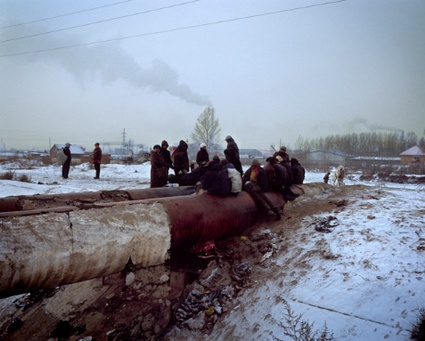
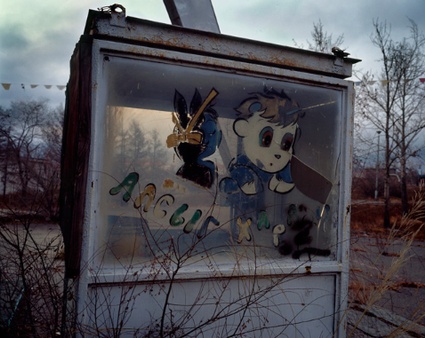
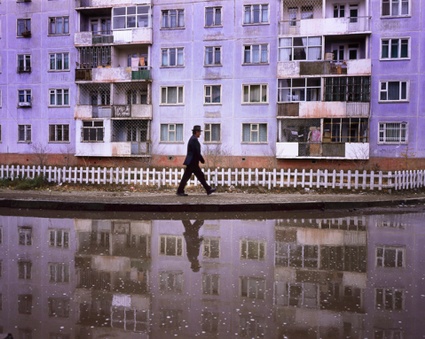
Aristregi’s photographs focus on their bleak daily life. They take us from close-up of the alcoholics’ faces and gradually zoom out to the chilling architectural background to which the men emerge when it’s time to collect discarded plastic bottles and exchange them for a few coins.
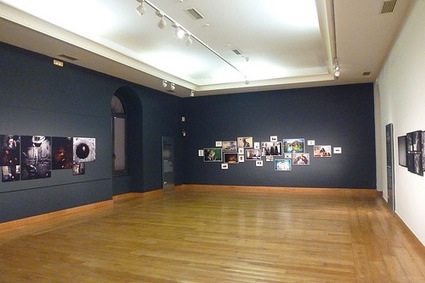 View from the exhibition space
View from the exhibition space
Random images from Gijón:
Foto Press 09 remains open until April 24, 2011 at the Centro de Cultura Antiguo Instituto Jovellanos in Gijón, Spain.

